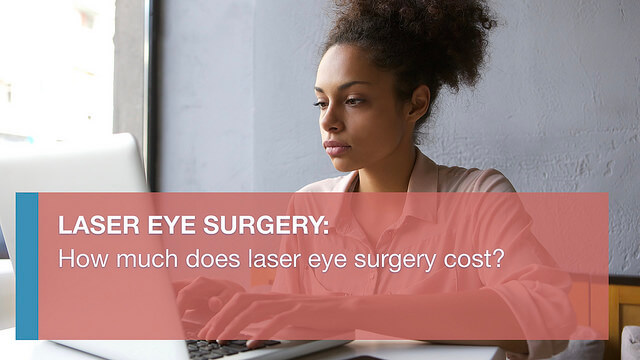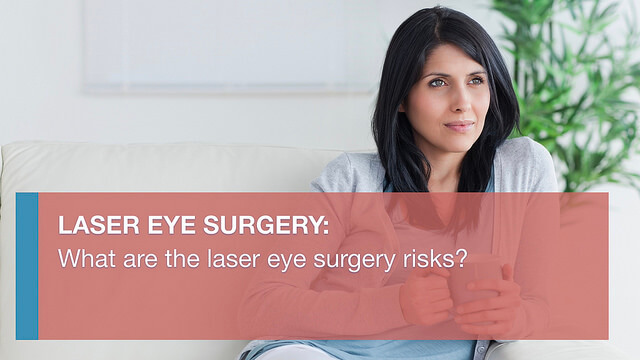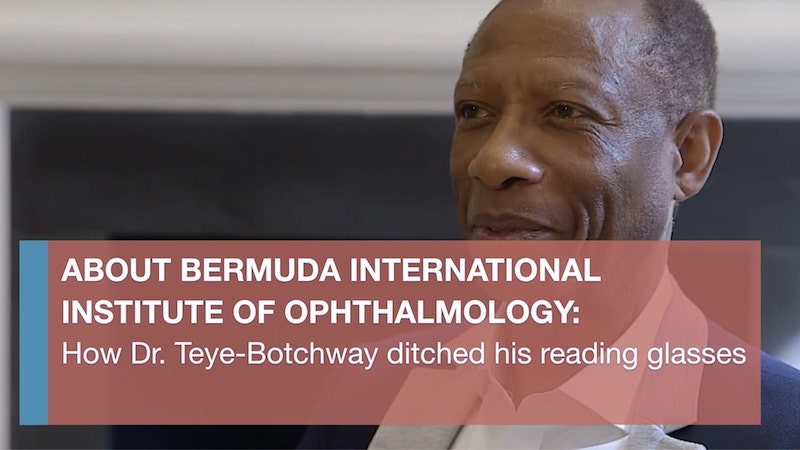
What is laser eye surgery?
What is laser eye surgery? I often get asked this question, especially by patients who have to undergo a form of laser eye surgery. Essentially, laser surgery on the eye is applying a unique form of energy to a particular part (or various parts of the eye)of the eye to achieve the desired effect. We can apply the laser to the cornea, the lens, the iris or even to the retina.
The most common form of laser eye surgery is surgery for the cornea, which we perform for the correction of sight. We call it refractive laser surgery. However, it’s important to know that there are other forms of application of laser to the eye, which include laser for treating diabetic retinopathy, glaucoma or conditions of the lens, such as clouding of the lens after surgery. Laser eye surgery is applicable in many instances to patients, depending on their diagnosis.
Refractive laser eye surgery
With regards to refractive laser surgery, it’s come a long way. It’s been around commercially for about 20 years, a little more than that, and it’s now performed in almost every country in the world. Essentially, what refractive laser surgery does is it reshapes the cornea. I would determine what your refraction is, in other words, whether you are far-sighted or near-sighted or astigmatic or have a combination of these. I’d also test to see whether you are even presbyopic, and then we take a lot of measurements and then determine how we have to reshape the eye to get your rays to focus onto the retina to give you a clear, sharp vision.
Other forms of laser eye surgery
Different forms of laser include Lasik or Lasek. There’s also ReLEx and SMILE using lasers, and Presbyond. The most important thing in each case is that the laser is applied in a specific way to a customised program to ensure that the resurfacing of the cornea is done in a way to allow the rays of light to focus very nicely onto the retina.
It’s not a painful treatment. We always perform laser surgery on an out-patient basis. Patients have to undergo a little anaesthesia to freeze their eye and, within a few minutes, we can treat both eyes. Patients usually would be given an anaesthetic to numb their eye and then we place a speculum on there to keep the lids open.
Some patients get a bit anxious or concerned about what’s going to happen if they blink, but we ensure this doesn’t happen because we hold the lids very nicely apart with this instrument which gives us excellent access to the cornea, which is the area of the eye that we are treating. With anaesthesia in place, most patients undergo it comfortably, and they come out with outstanding results.
About the author
Leonard Teye-Botchway
Consultant Ophthalmic Physician and Surgeon |MBChB, FRCS(G), MBA, FWACS, FGCS, DCEH (Lond), Postgraduate Diploma in Cataracts and Refractive Surgery
I am Leonard Teye-Botchway and I am the Medical Director and Consultant Ophthalmologist at Bermuda International Institute of Ophthalmology in Bermuda. The joy and elation I get from seeing patients who are very happy they can see after surgery is almost unimaginable. This is what really drives me to carry on being an ophthalmologist.
We have sourced some or all of the content on this page from The American Academy of Ophthalmology, with permission.




